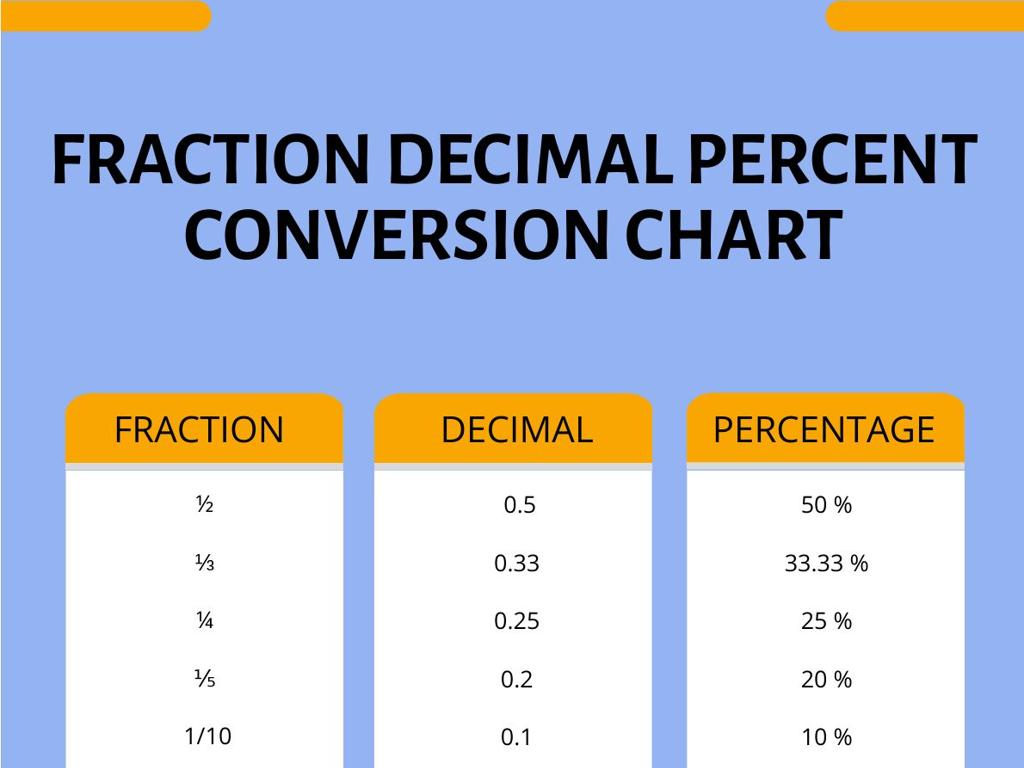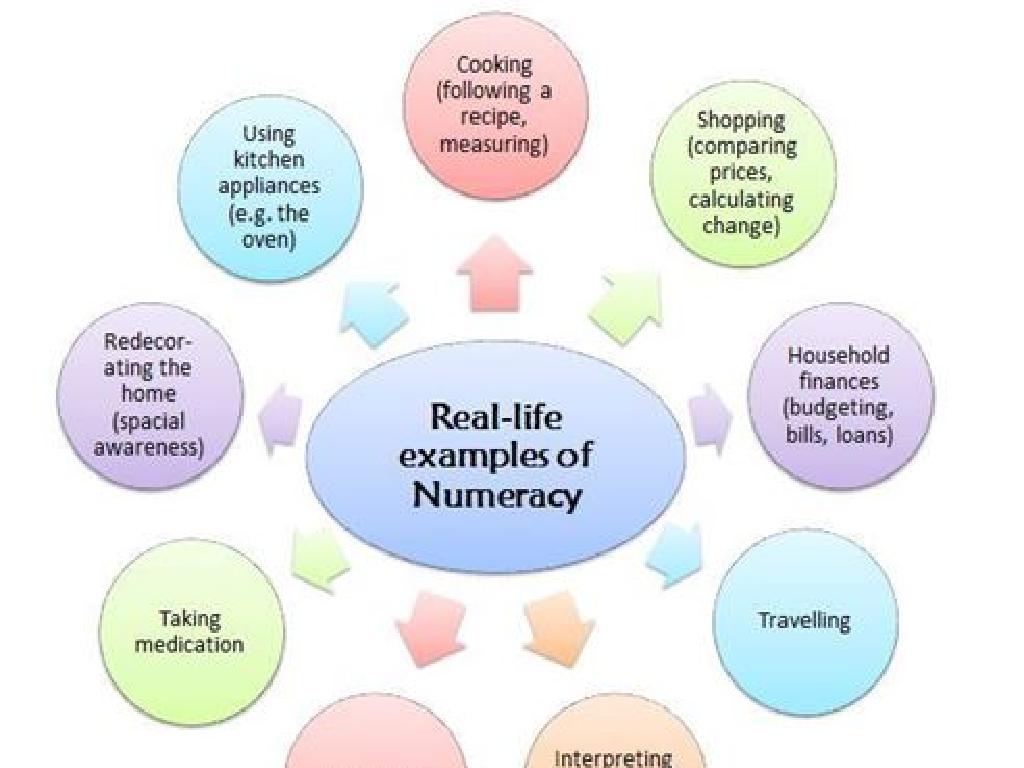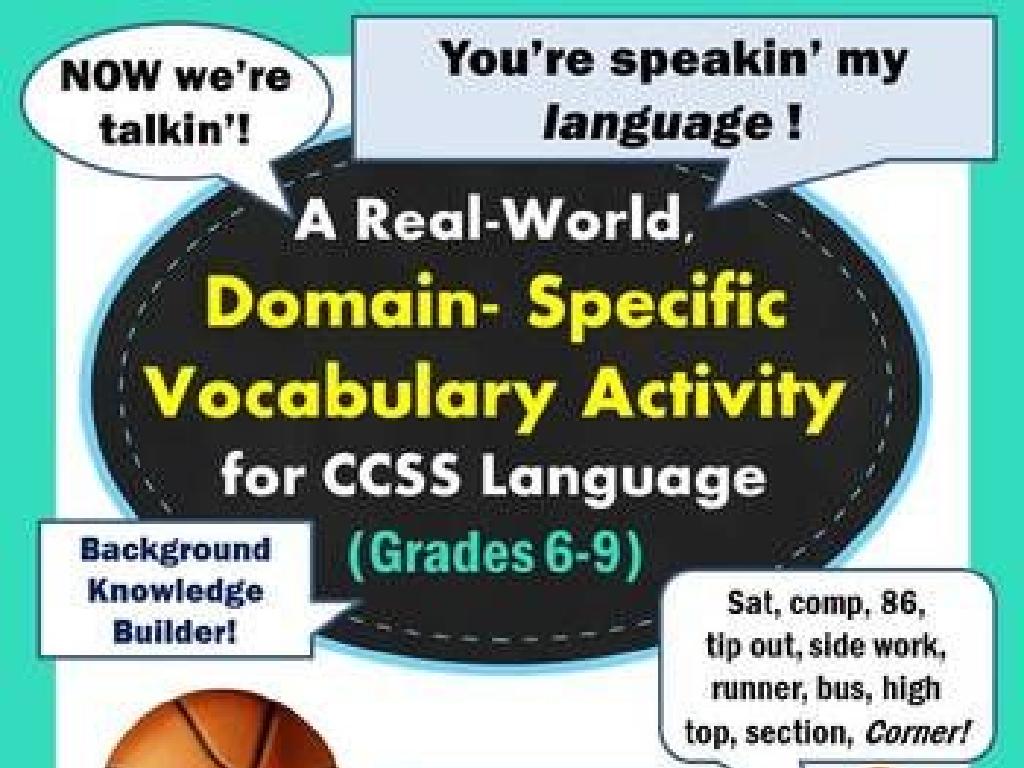Homophones With Pictures
Subject: Language arts
Grade: Fifth grade
Topic: Homophones
Please LOG IN to download the presentation. Access is available to registered users only.
View More Content
Welcome to Homophones!
– What are Homophones?
– Words that sound alike but have different meanings and spellings
– Sound the same, different meanings
– Different spellings
– Examples: ‘to’, ‘two’, ‘too’
– ‘to’ (direction), ‘two’ (number 2), ‘too’ (also)
|
Homophones are a key component of the English language and can be fun to learn. They are words that sound the same when spoken but have different meanings and are spelled differently. Understanding homophones is important for reading comprehension and clear writing. Use visual aids with pictures to illustrate the meaning of each homophone. For example, show a picture of a person pointing ‘to’ a place, the number ‘two’, and someone saying ‘I want to go, too!’ to represent each word. Encourage students to come up with their own examples of homophones and use them in sentences to demonstrate their understanding.
Understanding Homophones
– What are homophones?
– Words that sound the same but have different meanings and spellings.
– Same sound, different origins
– They may sound identical but come from different linguistic roots.
– Context determines meaning
– The surrounding words in a sentence help us figure out which homophone is being used.
– Examples of homophones
– ‘Pair’ (a set of two) and ‘pear’ (a fruit); ‘sea’ (large body of water) and ‘see’ (to view with the eyes).
|
Homophones are a key concept in language arts, especially for fifth graders who are expanding their vocabulary. It’s crucial to explain that while homophones sound the same, they have different meanings and often different spellings, which can be traced back to different origins in the language. Context is an essential tool for understanding which word is being used in writing or conversation. Provide visual examples of homophones to help students remember them. Encourage students to create sentences using homophones to demonstrate their understanding of the concept.
Exploring Homophones with Pictures
– ‘flower’ vs. ‘flour’
– ‘flower’: a plant, ‘flour’: powdery ingredient
– ‘sea’ vs. ‘see’
– ‘sea’: large body of saltwater, ‘see’: to view with eyes
– ‘pair’ vs. ‘pear’
– ‘pair’: a set of two, ‘pear’: a type of fruit
|
This slide introduces students to homophones, which are words that sound the same but have different meanings and spellings. Use pictures to help students visualize the differences. For ‘flower’ and ‘flour’, show an image of a blooming flower next to a bag of flour. For ‘sea’ and ‘see’, contrast an image of the ocean with a picture of eyes looking at something. Lastly, for ‘pair’ and ‘pear’, display a picture of two items together and a picture of the fruit. Encourage students to come up with sentences using each homophone to reinforce their understanding. This visual approach aids in memory retention and helps students differentiate between words that sound alike.
Mastering Homophones in Sentences
– Correct use of ‘their’, ‘there’, ‘they’re’
– ‘Their’ shows possession, ‘there’ is a place, ‘they’re’ means ‘they are’.
– ‘Your’ vs. ‘you’re’: Know the difference
– ‘Your’ shows ownership, while ‘you’re’ is short for ‘you are’.
– Choosing the right homophone
– Use sentence context to determine which homophone fits.
– Practice makes perfect
– We’ll do fun activities to get better at this!
|
This slide aims to help students understand and correctly use common homophones. ‘Their’, ‘there’, and ‘they’re’ are often confused due to their similar pronunciation but have distinct meanings and uses. Similarly, ‘your’ and ‘you’re’ are frequently mixed up. It’s crucial to teach students to use context to choose the right homophone when writing. Provide examples and create engaging activities where students can practice using these homophones in sentences. Encourage them to read their sentences out loud to help with memorization and understanding. The activities could include fill-in-the-blank exercises, creating their own sentences, and peer review sessions.
Homophones Matching Game
– Engage in a homophones game
– Match homophones with meanings
– Homophones sound the same but have different meanings, like ‘flower’ and ‘flour’.
– Pair up and find homophone pairs
– Work together to discuss and discover.
– See who finds the most pairs
– Turn it into a friendly competition.
|
This slide introduces a class activity focused on homophones, which are words that sound alike but have different meanings and often different spellings. The game encourages collaboration and friendly competition. Students should work in pairs to match homophones to their correct meanings, fostering communication and teamwork. Provide examples of homophones to get them started, and consider offering a list of homophones for them to work with. As they play, circulate around the room to offer guidance and ensure understanding. After the activity, discuss as a class some of the homophones they found and the strategies they used to match them. This will reinforce their learning and help them remember the homophones better.
Class Activity: Homophone Hunt
– Scavenger Hunt for homophone objects
– Find objects in class that sound like other words
– Write sentences with homophones
– Use each homophone in a correct sentence
– Share sentences with the class
– Present your sentences to your classmates
– Understand homophones usage
|
This interactive class activity is designed to help students understand homophones words that sound the same but have different meanings and spellings through a fun scavenger hunt. Students will search for objects in the classroom that have homophones, such as ‘flower’ (the plant) and ‘flour’ (the baking ingredient). After collecting the objects, they will write sentences using the homophones correctly to demonstrate their understanding of each word’s meaning. Finally, they will share their findings with the class, which will reinforce their learning and provide an opportunity for peer learning. For the teacher: Prepare a list of potential homophones that can be found in the classroom to guide the students if they need help. Encourage creativity and ensure that each student participates.
Wrapping Up Homophones
– Quick recap of homophones
– Homework: Craft a short story
– Use your creativity to write an engaging story
– Include 10 different homophones
– Make sure to use each homophone pair correctly
– Practice leads to perfection
|
As we conclude today’s lesson on homophones, remind the students of the importance of understanding and correctly using homophones to enhance their writing skills. For homework, they are tasked with writing a short story that cleverly incorporates at least 10 different homophones, demonstrating their understanding of the concept. Encourage them to be creative and think about the context in which each homophone is used. Emphasize that regular practice with homophones will help them avoid common mistakes and improve their language proficiency. In the next class, be prepared to allow some students to share their stories, which will foster a collaborative learning environment and provide real-life examples of homophones in use.






